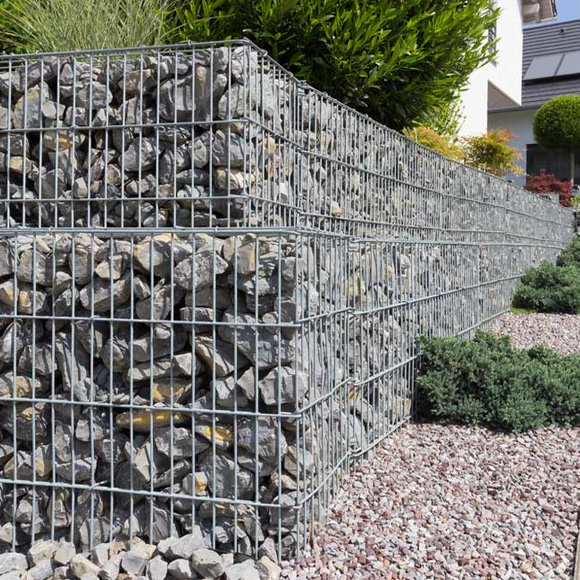Abe . 12, 2024 11:34 Back to list
gabion cube
Exploring the Versatility of Gabion Cubes
Gabion cubes have emerged as a popular solution in civil engineering and landscaping due to their versatility, durability, and aesthetic appeal. These structures, made of wire mesh filled with rocks, gravel, or other materials, serve a multitude of purposes ranging from erosion control to decorative landscaping features.
At their core, gabion cubes are designed for stability and strength. The steel mesh is typically coated with a protective layer to resist rust and corrosion, ensuring that the cubes maintain their integrity even in challenging environmental conditions. When filled with suitable materials, these cubes form solid barriers that can withstand significant hydraulic loads, making them ideal for riverbank stabilization and shoreline protection.
One of the primary applications of gabion cubes is in civil engineering projects. Engineers often utilize them in flood control systems, where they are used to create levees and barriers that help manage water flow and prevent erosion. Their open structure allows water to flow through while trapping sediment, which can help restore ecosystems and create sustainable landscapes.
In addition to their functional applications, gabion cubes are increasingly popular in landscaping and architectural design
. Gardeners and landscape architects appreciate their ability to enhance visual appeal while serving practical purposes. Gabion walls can be used as garden dividers, seating areas, or as decorative features that blend naturally into the environment. The use of various filling materials, such as colorful stones or recycled concrete, allows for creative design opportunities that can enhance any outdoor space.gabion cube

Another noteworthy advantage of gabion cubes is their eco-friendliness. The materials used to fill gabions can often be sourced locally, reducing transportation costs and carbon footprints. Moreover, the permeability of gabion structures allows for natural drainage, which can be beneficial in preventing waterlogging and preserving the surrounding ecosystem. As such, gabion cubes align well with sustainable construction practices that aim to minimize environmental impacts.
Additionally, the construction of gabion cubes is relatively straightforward, making them accessible for both professionals and DIY enthusiasts. Installation typically involves stacking the filled cubes in a desired configuration, which can be completed with minimal machinery. This ease of construction not only reduces labor costs but also encourages community involvement in projects such as park developments or erosion control initiatives.
However, it is essential to consider some potential challenges associated with gabion cubes. Over time, the filling material may shift or settle, requiring periodic maintenance to ensure the walls remain stable and visually appealing. While the wire mesh is durable, it can become damaged through extreme weather conditions or impact, necessitating repairs to maintain structural integrity.
In conclusion, gabion cubes represent a multifaceted solution for a variety of engineering and design challenges. Their combination of strength, aesthetic versatility, and environmental benefits makes them an appealing choice for projects ranging from extensive infrastructure to small-scale landscaping. As we continue to seek sustainable and effective solutions in construction and design, gabion cubes stand out as a practical and innovative option that marries functionality with creativity. Whether used for flood control, erosion management, or as a decorative feature, gabion cubes are poised to play a prominent role in the future of our built environment.
-
The Role of Galvanized Gabion Mesh in Riverbank Protection
NewsJun.26,2025
-
The Role of Gabion Basket Raised Bed in Sustainable Gardening
NewsJun.26,2025
-
Quality Assurance of Wire Mesh Gabion Baskets
NewsJun.26,2025
-
Installation Guide for Welded Gabion Box
NewsJun.26,2025
-
How to Choose the Right Gabion Box
NewsJun.26,2025
-
Different Types of Gabion Wire Mesh
NewsJun.26,2025
-
Why PVC Coated Gabion Mattress Is the Best Solution for Long-Term Erosion Control
NewsMay.23,2025






